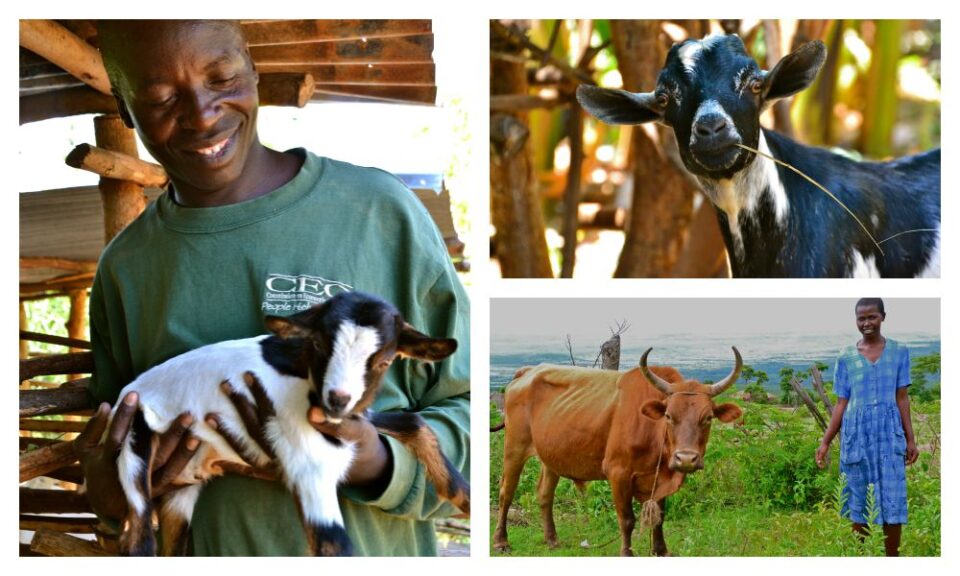Across Africa, small-scale livestock farmers play a vital role in food production and rural economies. Yet, despite their potential, many remain stuck in cycles of low productivity and limited market access. Poor grazing methods, lack of vaccination, inadequate infrastructure, and restrictive market systems continue to stifle their progress.
A recent comparative study explored the realities faced by rural cattle farmers in South Africa and Kenya—two countries where smallholder livestock farming is widespread but faces unique and shared challenges. Using ethnographic and case study approaches, researchers gathered insights from two provinces—one in each country—where cattle farming is a dominant livelihood.
Three key findings emerged:
- South Africa: High Barriers, Low Support
In rural South Africa, smallholder farmers struggle with both production and marketing hurdles. Without access to quality feed, veterinary services, and reliable buyers, many find it nearly impossible to scale up or move into formal commercial markets.
- Kenya: Better Market Access, But Still Flawed
Like their South African counterparts, Kenyan farmers face serious production issues. However, they are more active in livestock markets. Unfortunately, this advantage is undercut by structural inefficiencies—particularly the dominance of brokers who often exploit farmers, limiting their profits and bargaining power.
- A Model That Works: Holistic Support in South Africa
A standout example from South Africa’s Eastern Cape shows what’s possible when the right support systems are in place. Here, rural Black farmers are part of a research-backed initiative that takes a holistic approach to development—focusing on sustainable land use, environmental awareness, animal health, and cooperative marketing strategies. This model has helped overcome many of the typical barriers and is already showing positive results.
What Can Be Learned?
The study suggests that South Africa can learn from Kenya’s relatively stronger market participation, while Kenya can benefit from the environmental and community-based solutions piloted in the Eastern Cape. Most importantly, the research points to the need for centralized coordination to replicate success stories nationwide.
The recommendation? South Africa’s national agricultural extension office, with its direct link to farmers and development programs, is best positioned to lead this effort. Through coordinated planning and localized support, it can help small-scale farmers move beyond subsistence and into sustainable, profitable farming.
Conclusion
Smallholder livestock farmers in Africa face no shortage of challenges—but they also have untapped potential. By sharing lessons across borders and scaling up proven models, there’s a clear path forward. With the right support, these farmers can thrive—feeding nations, supporting communities, and building stronger rural economies.



